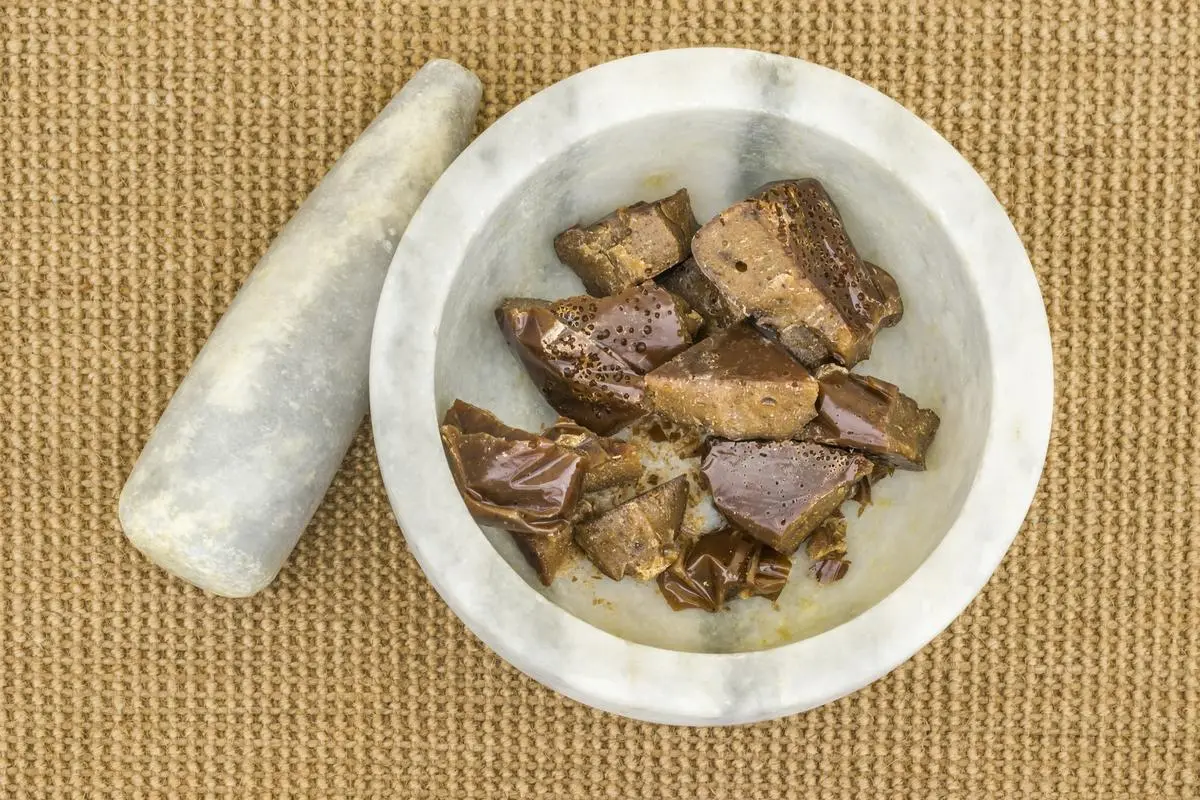As the sun slouches westward, are you having a day like mine? Snail-slow, all grimace and growl, stagnant, the very air in aspic—in a word, glum? Breakfast is a memory from deep time, lunch is a receding mirage—did I just see you reach for chai?
Toxic masala or green detox?
Ah, caffeine?
Rational filter coffee, or a jittery shot of espresso? DIY instant? Or even that molluscan mucoid, pumpkin latte?
Whichever be your poison—desist. These nostrums will only further anaesthetise and stupefy.
A day like this calls for something that will tickle your tongue into wit, wing your hesitant fingertips, defog your morning-after brain and unlace your corseted soul. You need a nip of something that is a poem in itself, and will unleash the bard in you.
What you need is a sip of rasam.
Not that murky slime they dupe you with in restaurants, but the simple honest domestic brand, of which there are at least a hundred varieties. And all of them deliver.
Also Read | Holmes solves a mystery for the marmalade millionaire
Rasam is a complex symphony: a seductive aroma; a broth that fans out salt, tart, hot and mildly astringent; a percussion line of flavours; and scent-pops from tempered spices. All it takes is a single ingredient to orchestrate a bunch of sulking, quarrelling quirks into a silky sophisticated all-umami rasam. Sure, there are rasams without this ingredient and they too must thrive. But elsewhere.
Pure pleasure
The magic ingredient is, obviously, asafoetida, hing, kayam, perungayam.
Asafoetida is a resin obtained by incising the carrot-like root of plants of the genus Ferula—which grow far removed geographically from the homes that brew rasam every day.
Yes, hing is used in all parts of the subcontinent. Its scent is mildly appreciated, its pharmacology more so. When used to temper dals in north, west, east and central India, the merest pinch will suffice. Seared in hot ghee, it urges the most vapid dish into noticing its companion spices. It also appears, desultorily, in masala powders and pickles, always as prompt or second fiddle. This hing is a pallid yellow drift, discreetly aromatic, more flour than resin.

In Europe, asafoetida was called devil’s dung for centuries.
| Photo Credit:
Getty Images
You seldom meet with a brute chunk of the stuff in kitchens north of the Vindhyas. But pharmacists, both Ayurvedic and Unani, hone away at it to make a dozen serviceable drugs. Also, nowhere in those parts will you find a kindred dish to rasam. Its very principle is alien to the northerner. A watery hot-and-sour extract of spices and herbs, with no emulsifying backbone? What kind of food is that?
Absolutely. There is no nutrition in it. Rasam is pure pleasure.
That’s a pretty ancient reaction. For the last 20 years I have kept company with Garcia de Orta, Portuguese physician and botanist who wrote a book about Indian medicine in 1563. Had it been published in 2024, it would have been instantly trashed, but it has aged well, like wine.
“The nastiest smell in the world for me is Assa-fetida, but the pot-herb seasoned with it has not a bad smell,” writes de Orta, after tasting spinach cooked with a dash of hing. This from a chap who would have sold his grandmother for a sliver of Limburger. His ambit included the posh courts of Gujarat and the Deccan, and everywhere, he notes, vegetarians use asafoetida as seasoning.
De Orta’s wrinkled nose found commerce in Europe where asafoetida has been rudely called devil’s dung for centuries.
Lovers of the rocky resin
Only in South India, particularly in Tamil country, do you find connoisseurs of the rocky resin. Take a little of that gravel, pop it in ghee with reticent spices, steep it in acid, season with salt and bring to a rolling boil, top up and reduce—ah, rasam ragam!
How that cultural bubble cries out for a pin—and here it comes, right out of that revered Sangam classic, Ilango Adigal’s Silappadikaram.
The fabled port of Kaveri Poompattinam had a colony of uncultured Yavanas—Westerners. That port may be lost to us, but Arikamedu, Karaikadu, and now Keezhadi show archaeological evidence of a prolonged Roman presence on the east coast. Their manners may have offended the Jain poet, but Roman cooking certainly smelt great. Naturally, everyone asked: “What makes your pot sing so?”
“Laser, laserpitium” might have been the answer, and the precious resin displayed may have looked no different from the asafoetida we buy today.
And the recipe, too, was very like ours. The basic rasam, hot from Caesar’s Rome, reads: Crush pepper, cumin, laserpitium, coriander seed and green, mint; fry these; moisten with vinegar; add broth; boil; add broth and vinegar, a little reduced wine and honey; strain and serve with a table garnish of laser and pepper.
Also Read | The bean that carries a whiff of rain
Of course, they popped in a zoo entire to stew in this divine broth, but it was, nonetheless rasam.
Laser came with a reputation that got Tamilakam all agog for rasam—it was the poor cousin of Libyan Silphium, the most treasured contraceptive of the ancient world.
Our Roman recipe dates back to 1 AD, by which time Silphium was extinct. Twenty-five years earlier, Pliny wrote that the last stalk of Silphium was sent to Nero. I can picture him nibbling on it while scraping away at that famous fiddle.
Was laserpitium just as good? Judging from recent explorations into the biochemistry of asafoetida, it might well have been. Or perhaps its sell was pure aroma, and its ability to loft other flavours on its muscular surge of umami.
Vinegar and wine or tamarind, oil, suet, lard or ghee, ancient or modern, Roman or Indian, ragam or aria, rasam sings for me.
Kalpana Swaminathan and Ishrat Syed are surgeons who write together as Kalpish Ratna. They are the authors of Gastronama: The Indian Guide to Eating Right (Roli, 2023).



